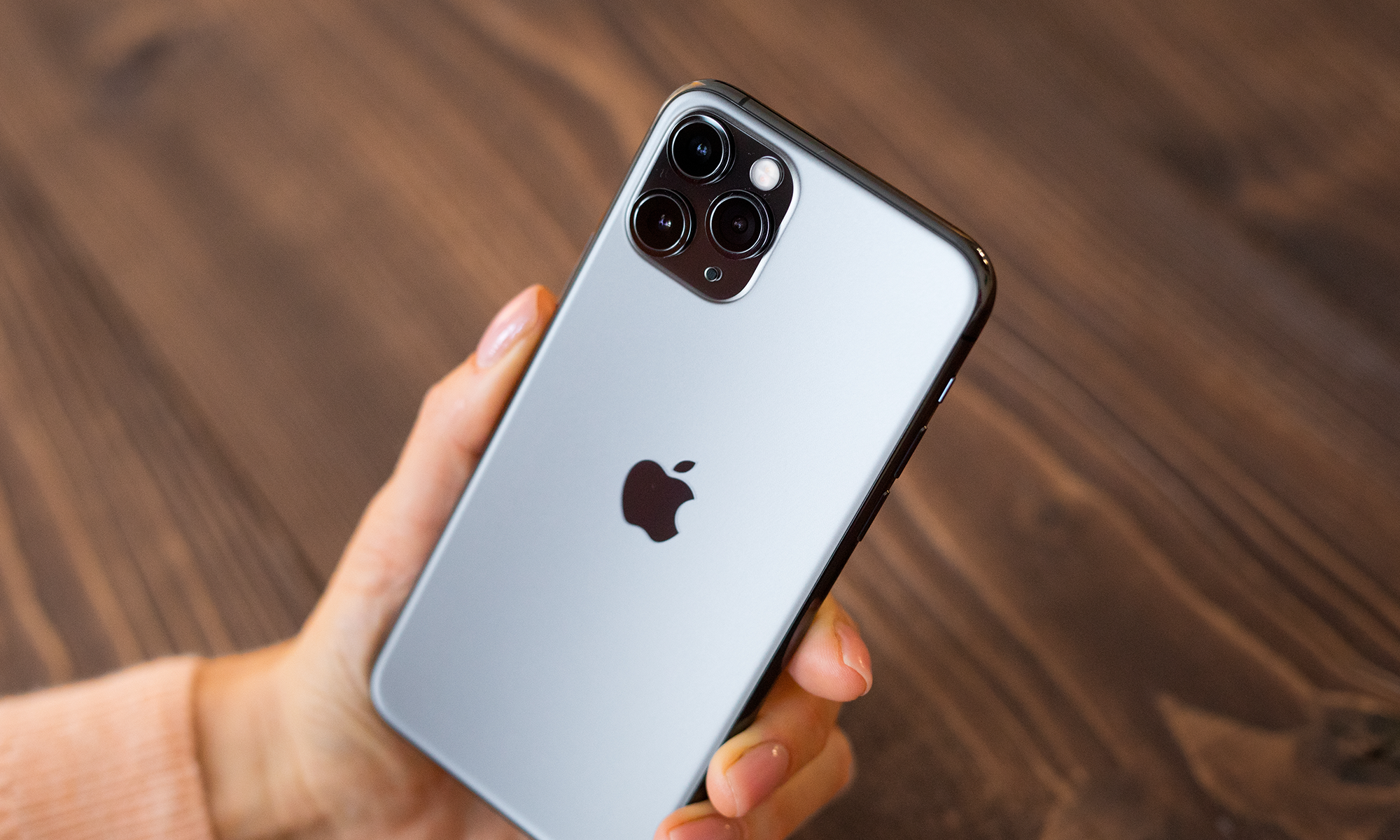
Apple may have three iPhone sizes next year after all. Image source: Flickr user Karlis Dambrans.
The reports are starting to roll in in about Apple's (AAPL 0.98%) next iPhone. That makes sense, as we're entering Apple's fourth fiscal quarter, the end of which is when Apple generally releases its next-generation unit. Between now and the new phone launch, Apple is slated to announce its fiscal third-quarter iPhone sales, which seasonally is a comparatively weaker period for sales as many consumers are holding out for the new model. For a visual representation of Apple's quarterly iPhone sales, check out this chart:

Source: Apple's 10-Qs. Revenue figures in millions.
Apple changed the form factor last year, stepping up the phone's size from 4 inches, a size used since 2012's iPhone 5, with two models: the iPhone 6 with its 4.7-inch display and the 5.5-inch iPhone 6 Plus. The current-generation units arrived to a receptive market, which is reflected in the first and second fiscal quarter sales figures above.
If consumers plan on waiting for the newest unit, however, it's important to ask what they gain by waiting, and what choices and features they might be losing out on as well. As far as new and added features are concerned, it appears Apple is bringing Force Touch technology to its iPhone. On the other hand, there are conflicting reports on whether Apple will continue to make a 4-inch model.
Bloomberg versus Jefferies...
Last week, Bloomberg reported the newest iPhone has gone into production with Force Touch functionality, with volume output to start as soon as this month. While the report doesn't explicitly report the 4-inch model will be discontinued, it only mentions the 4.7-inch and 5.5-inch versions. Which is important, because Apple generally only keeps two generations in inventory -- which would make the 4-inch iPhone 5s and iPhone 5c a thing of the past.
More recently, analyst firm Jefferies reported Apple will bring a new 4-inch device to market. After conducting a market survey, Jefferies said it expects Apple to release an extended edition of the iPhone 5c. The research note doesn't go into great detail, outside of reporting the unit will have a 4-inch display and a metal body, leaving questions about processing and chip generation unaddressed. At first glance, the report seems to slightly contradict Bloomberg's.
... or maybe not
However, perhaps the most intriguing part of the Jefferies research note is the projected timing of the release. Unlike Apple's traditional method of releasing new units only once a year, Jefferies expects the 4-inch iteration to be released in the first calendar quarter of 2016. That puts it outside of the normal launch period, which is generally the end of the third calendar quarter. If so, Bloomberg's report of only the larger units going into volume production now does not conflict with Jefferies' note.
More interesting, however, is why Apple would choose to dual-release schedule. It appears the company is taking a page from Samsung's playbook, in which the South-Korean electronics conglomerate releases its flagship Galaxy phone line and phablet Note line at different times -- April and September, respectively. While it's safe to assume the product mix will still heavily skew toward the newer, larger units, offering the 4-inch model with a later release date could boost Apple's second and third fiscal quarters.






